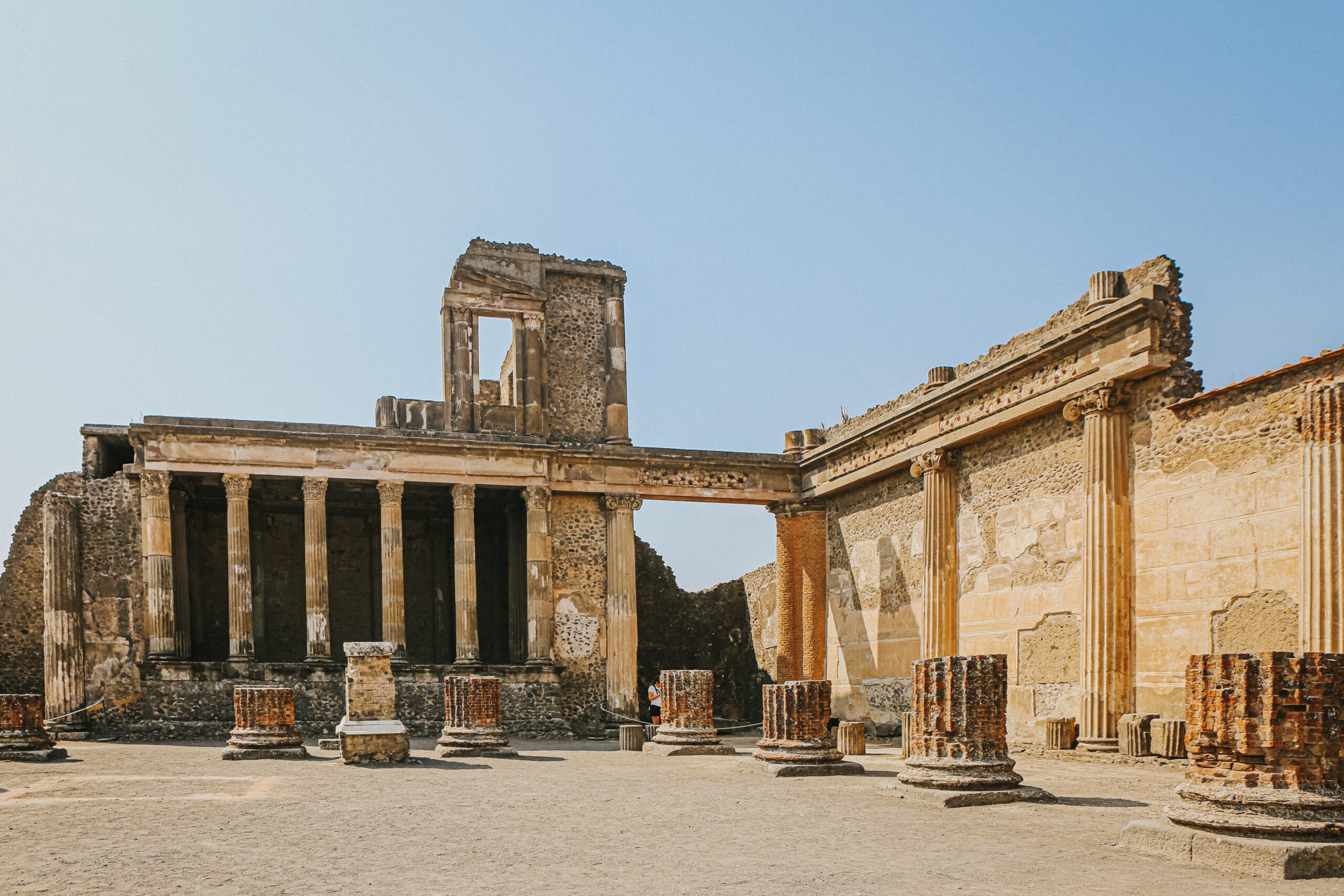In the rich tapestry of history, Taxila, located in what is now Pakistan, stands as one of the earliest centers of higher education and is often considered an ancient university. This venerable institution, dating back over two millennia, played a pivotal role in the dissemination of knowledge and the advancement of various fields of study.

- Historical Context: Taxila, situated in the northwestern region of the Indian subcontinent, emerged as a prominent center of learning during ancient times. Its history can be traced back to the Vedic period, but it reached its zenith as a center of higher education between the 6th century BCE and the 5th century CE.
- Diverse Subjects of Study: One of Taxila’s most remarkable features was its comprehensive curriculum. It offered instruction in a wide array of subjects, encompassing not only the Vedas and religious studies but also mathematics, medicine, astronomy, military strategy, politics, and various arts and sciences. Students from far and wide were drawn to Taxila for its diverse educational offerings.
- Faculty and Students: Taxila boasted a renowned faculty, with scholars and teachers who were experts in their respective fields. Students came from different parts of ancient India and beyond to study under these esteemed teachers. The institution attracted both local and international scholars.
- Rigorous Academic Environment: Taxila upheld a rigorous academic environment. Students underwent a structured education system that involved not only classroom instruction but also practical training and discussions. This holistic approach to learning contributed to the comprehensive education provided at Taxila.
- The Role of the Guru: The relationship between the guru (teacher) and the shishya (student) was fundamental to the educational process at Taxila. Gurus imparted knowledge not only through lectures but also through personal interactions and discussions, nurturing a deep connection between teacher and student.
- Influence and Contributions: The scholars and graduates of Taxila made significant contributions to various fields. For instance, the famous political treatise “Arthashastra,” attributed to the ancient scholar Chanakya (Kautilya), is believed to have been composed at Taxila. This work laid the foundation for political science and statecraft in ancient India.
- Archaeological Evidence: Archaeological excavations at Taxila have unearthed the remnants of a sophisticated university campus, including lecture halls, residential quarters for students and teachers, and even a well-planned drainage system.
- The Decline: The decline of Taxila as a center of learning is attributed to various factors, including political changes, invasions, and shifts in patronage. By the 5th century CE, Taxila had lost its status as a thriving educational hub.
- Legacy: Although Taxila’s glory has faded with the passage of time, its legacy endures. It serves as a reminder of the ancient Indian subcontinent’s intellectual prowess and the importance of education in shaping societies and civilizations. Today, the archaeological site of Taxila is recognized as a UNESCO World Heritage Site, preserving the remnants of this once-great center of learning.


In conclusion, Taxila’s role as an early university and center of higher education in ancient times underscores the significance of education in human history. Its diverse curriculum, illustrious faculty, and contributions to various fields make Taxila a testament to the enduring quest for knowledge and the pivotal role played by institutions of learning in the development of civilizations.






